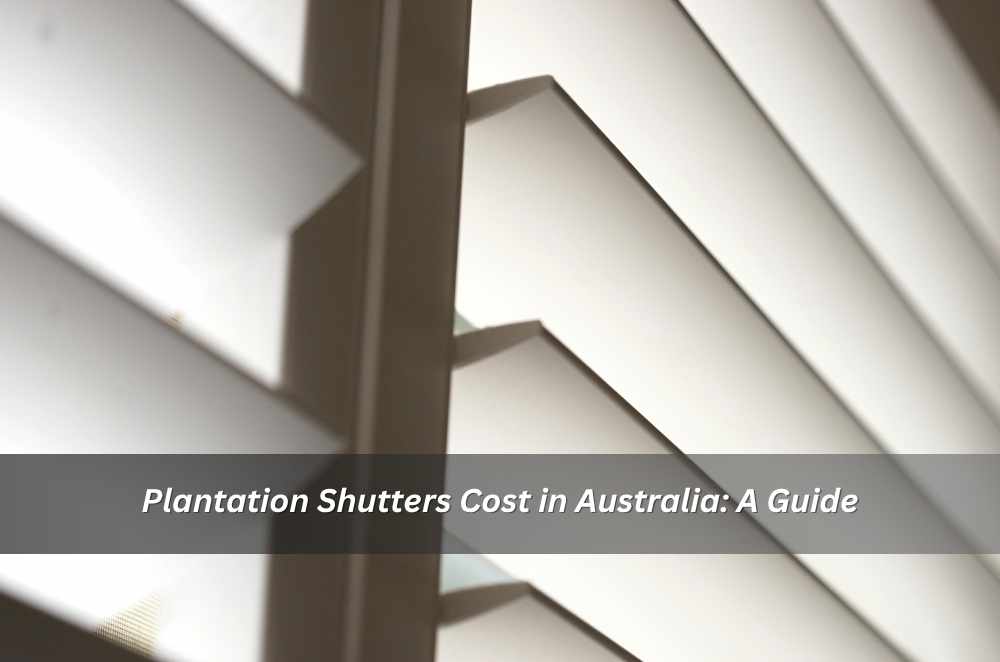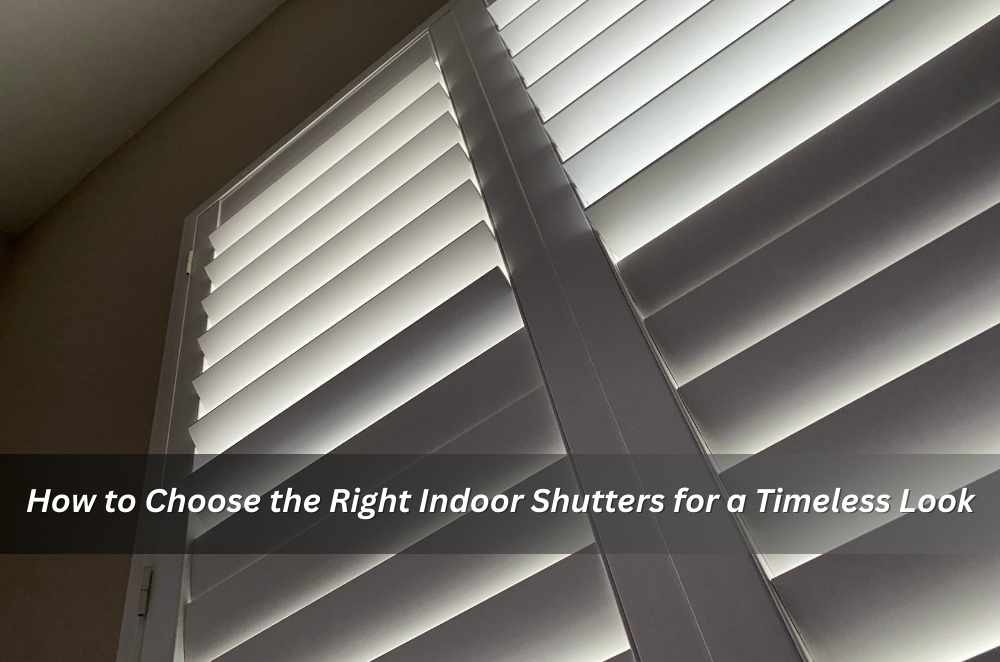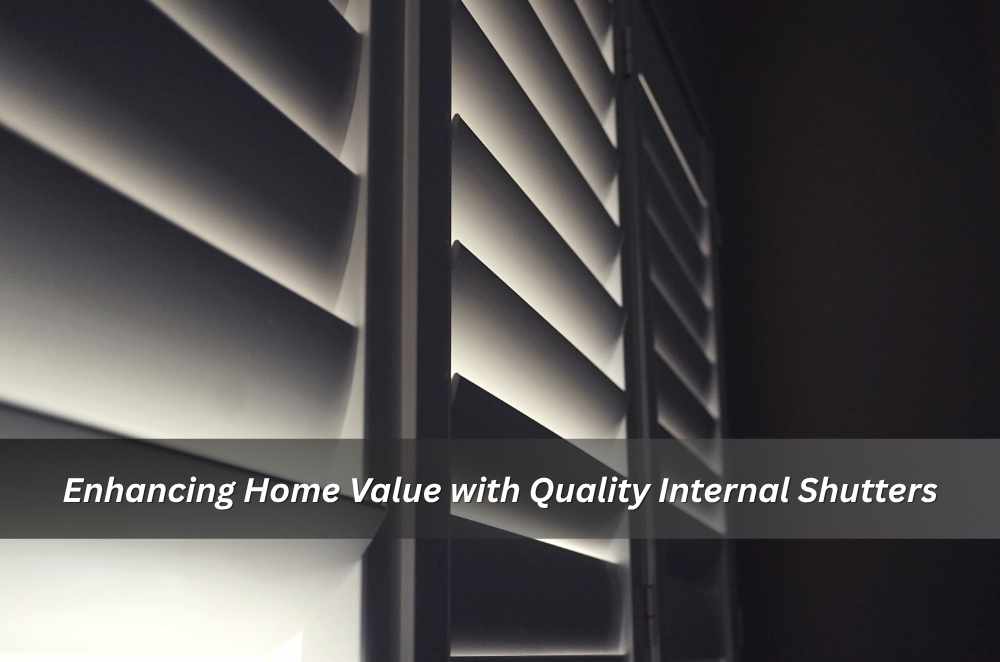
Plantation shutters aren’t just a visual feature — they shape how a room feels, functions, and holds up over time. In Sydney homes, where architecture swings between heritage terraces and new-build townhouses, there’s rarely a one-size-fits-all answer. I learned that the hard way while reworking a semi in the Inner West. The original blinds warped within months, and privacy was an issue, too. It wasn’t until we added interior plantation shutters that things settled. Light control improved, the space stayed cooler, and the vibe — for lack of a better word — just felt calmer.
That experience made something click: good shutters aren’t just about how they look on day one. They need to handle heat, light, airflow, and everyday use without constant adjusting. So, if you’re weighing up options for your own place, here’s what to factor in — from materials and functionality to room-by-room decisions that genuinely make a difference.
Match materials with your room and lifestyle
The thing is — not every room in your house behaves the same way. A hot, east-facing kitchen? That needs a totally different shutter material than a dark, cool hallway. Sydney’s climate doesn’t always play nice, either. It can be muggy one week, salty the next — depending on how close you are to the coast.
Here are a few options that are commonly used — and what they’re best for:
PVC: Moisture-resistant and durable; great for steamy spaces like bathrooms
Basswood: Lightweight and sleek; works well in living areas with stable temps
Aluminium: Hard-wearing and corrosion-resistant; ideal for coastal homes
Faux wood: Timber-like appearance with added humidity resistance
I didn’t expect to care this much about material types — but after watching our old blinds curl and peel in the laundry, I was ready to listen. We used PVC there, basswood in the front rooms, and haven't touched them since.
Look beyond aesthetics: functionality matters
Yes, looks matter — but shutters need to do something too. They should adjust easily, let in the light you want, and block out what you don’t. Some styles are great for privacy, others for airflow. What works in one space might feel wrong in another.
Here’s a quick breakdown:
Full height: Ideal for full window coverage — good insulation and privacy
Café style: Leaves the top open for light, bottom covered for discretion
Tier-on-tier: Top and bottom sections open independently
Sliding/bi-fold: Works with larger openings or connecting doors
I installed tier-on-tier shutters in the front room mainly because I didn’t want the neighbours seeing in — but also didn’t want to block the morning light. Now I can open just the top during the day and shut it all down at night. Works a treat.
Prioritise comfort and safety inside the home
If you have kids or pets, your window fittings can’t just be stylish — they need to be safe. Cords and dangling mechanisms pose obvious risks, especially in family homes or rental properties. That’s why a lot of families lean toward shutters — the fixed panels and cordless design make them one of the safer picks when it comes to child-safe window coverings.
These types of fittings not only eliminate common safety hazards but also remove the temptation for small hands or paws to tug, pull, or twist. In practice, that means less damage and fewer repairs over time — something worth considering if you're outfitting multiple rooms or long-term rentals.
Installation should never be an afterthought
Installation — yeah, it matters more than people think. You can have the highest-quality shutters in the world, but if they’re poorly fitted? You’ll notice. Panels won’t line up, slats won’t close evenly, and suddenly it all feels cheap.
Before booking anyone, it’s worth asking:
Do they measure and quote in person?
How long is their warranty?
Are they using subcontractors or their own team?
Where are the shutters manufactured?
True story — I tried doing a laundry install solo. One bracket was crooked, which meant the whole panel didn’t sit flush. It drove me nuts. Eventually, I had to call someone to fix it anyway. Should’ve just paid for a proper fitting from the start.
Long-term value goes beyond trends
Let’s be honest — most people choose shutters because they’re ‘in’. They look sharp, add symmetry, and feel neat. But once you live with them, you start to notice the other stuff: the insulation, the quiet, the way they bounce light instead of blocking it.
I was still on the fence at one point, too, and something that really stuck with me was the way others talked about the advantages of shutters indoors, not just the look, but how they make a space feel.
Those details? They’re what stick. Not the look — but how the room feels when you walk in, morning or night.

Consider how each room might use light differently
Not every window works the same way. Some are full sun all day. Others are shaded or angled weirdly. That’s where shutter configuration makes a difference. Blade width, tilt direction, panel design — all of that shapes how light moves around your home.
One example that came up during planning was interior shutters for every room, where people had clearly chosen setups that matched each space instead of using the same thing everywhere.
Some things to keep in mind:
Mid-rails offer more control for taller windows
Wider slats = more light, narrower slats = more privacy
Tilt rods can be hidden or exposed depending on style preference
Lighter finishes reflect heat and make small rooms feel bigger
A one-size-fits-all approach rarely works. Take five minutes to think about what each room needs. You’ll thank yourself later.
Final thoughts
Here’s the thing: shutters don’t need to be complicated. Once you figure out your materials, your room needs, and who’s installing them, the rest starts to fall into place. And once they’re in, you kind of forget what life was like before. No fiddling with cords, no noisy blinds banging in the wind, no sun glare bouncing off the TV.
Sometimes, it’s the quiet upgrades that do the most heavy lifting. The ones that don’t shout but just work. That’s what made shutters such a good fit in our home — and honestly, I’d do it again in a heartbeat. Not because it looks good (though it does), but because it feels good to live with.





Write a comment ...